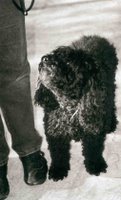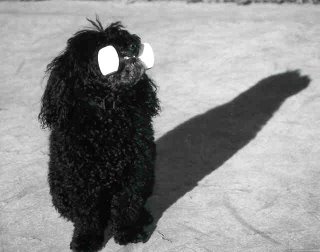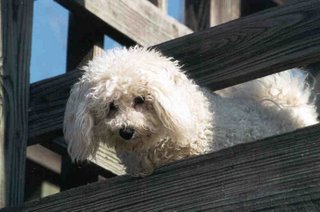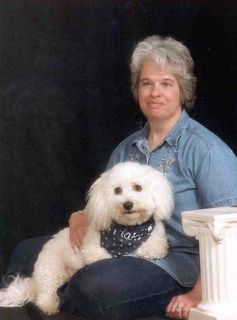I learned Doggie Zen from Shirley Chong, a wonderful trainer who has a number of exercises to help you develop impulse control in your dog.
Impulse control can be extremely useful not only in everyday life but in helping move your training forward. If you’ve had the experience of your dog offering or “throwing behaviors” without a cue, impulse control work can help. If you have a dog that is impatient during training, jumps up on people, is totally focused on the food or a beggar, you’ll find impulse control will help greatly. This exercise is a great start to develop this skill.
- Get out a treat that is good and smelly. Cheese works well for this, as does liver or Rollover-type stuff. Fix a few pieces that are small enough for you to cover in your closed hand.
- Let your dog see that you have a goodie in your hand, then close your hand over the goodie and let the dog sniff, lick, nibble, etc., trying to get the goodie. Eventually, the dog will give up. When the dog turns his head away from the goodie or steps back away from it, even if it's just a temporary thing, catch that moment by marking it with Yes! [or a click] and open your hand to give him the treat.
- It's important to leave your hand down at the dog's level, perfectly accessible to him. Let him have a good chance to try to get the treat out of your hand on his own. If the dog gets too enthusiastic and is actually hurting you, say OUCH!, glare at him and pull your hand up out of his reach for a few seconds.
- Give the dog as many trials in as many different places as you can.
Remember too, that this is silent training. Don't talk to your dog or try and get him to do the right thing. Let him figure it out on his own. It's great fun. Come back and post your experiences when you've tried it.




